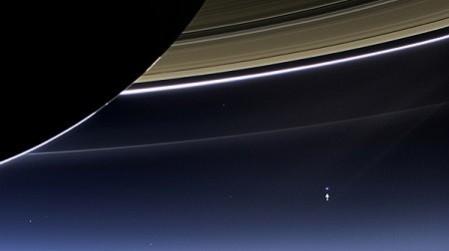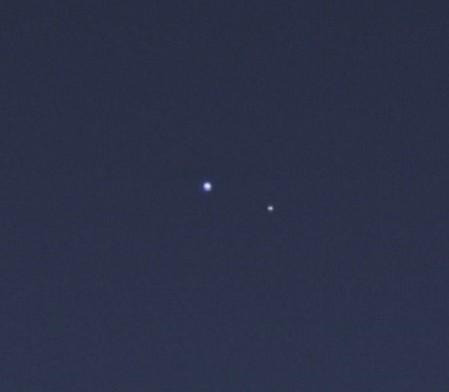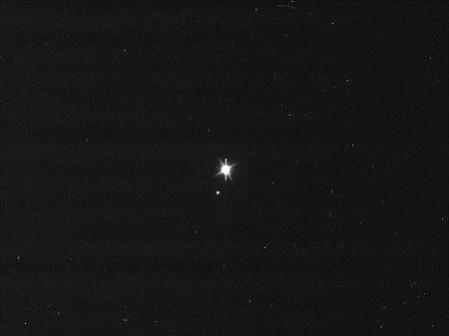NASA's Cassini spacecraft has beamed back new images of Earth taken from 1.5 billion kilometres (nearly 900 million miles) away in the orbit of Saturn.
Cassini took colour images of Earth and the moon as small dots - Earth as a pale blue dot and moon as a white dot - when the spacecraft passed behind Saturn on 19 July. It was the first time that Cassini has taken high resolution pictures of the Earth and the moon as two distant objects.
Following Cassini's efforts, NASA's Messenger spacecraft, which is in orbit around Mercury in search of undiscovered moons, took a black and white image of the Earth and the moon from a distance of 98 million kilometres (61 million miles).
For the first time, Earthlings were given prior notice that NASA's interplanetary spacecraft would be taking snaps of the planet and its moon. The American space agency released a list about the start timings of the photo session across the globe. NASA also invited the public to take part in the photo session by waving at Saturn. More than 20,000 people from around the world participated in the session.
"We can't see individual continents or people in this portrait of Earth, but this pale blue dot is a succinct summary of who we were on July 19," Linda Spilker, Cassini project scientist, at NASA's Jet Propulsion Laboratory in Pasadena, Calif., said in a statement.
"Cassini's picture reminds us how tiny our home planet is in the vastness of space, and also testifies to the ingenuity of the citizens of this tiny planet to send a robotic spacecraft so far away from home to study Saturn and take a look-back photo of Earth."
This is not the first time that NASA's interplanetary spacecraft have taken images of the Earth. However, images of Earth snapped from the outer solar system are rare because at such a long distance, the Earth appears to be closer to the sun. The glare from the sun would damage the sensitive detectors of a camera aboard the spacecraft.
Cassini was able to take the images when the spacecraft was passing behind Saturn and out of sun's direct glare, reported CBS News.




















